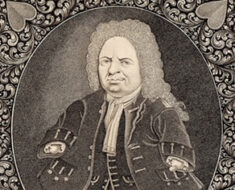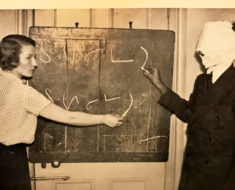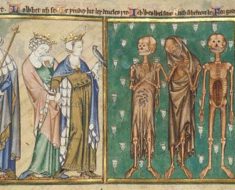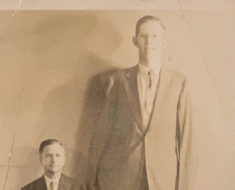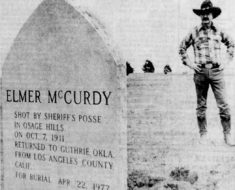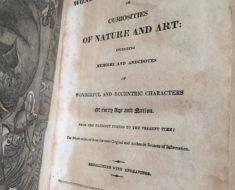In 2015, 87-year-old Liang Xiuzhen from Sichuan, China, visited doctors with a five-inch horn growing from the top of her head. It reportedly began about eight years prior as a black mole. But sometime in 2013 the mole cracked open and the horn began to sprout. Doctors couldn’t diagnose it, and shortly after it fell off. Then another horn took its place and grew much faster.
This new growth was determined to be a cutaneous horn, which is composed of the same substance as fingernails, called keratin. Most cases are harmless, though doctors were hesitant to remove Liang’s fearing it might have been cancerous.
Amazing as it sounds, Liang isn’t alone in the world of human horns. In fact, other elders from China have made headlines in recent years with their own impressive growths.
In 2010, a 101-year-old Chinese grandmother named Zhang Ruifang gained fifteen minutes of fame for having two horns sprouting from her forehead. The first horn had measured nearly 2 ½ inches, while the second had just begun to grow. While most would be less than pleased with such a development, she was reportedly thrilled about it and refused offers to have the horns removed.
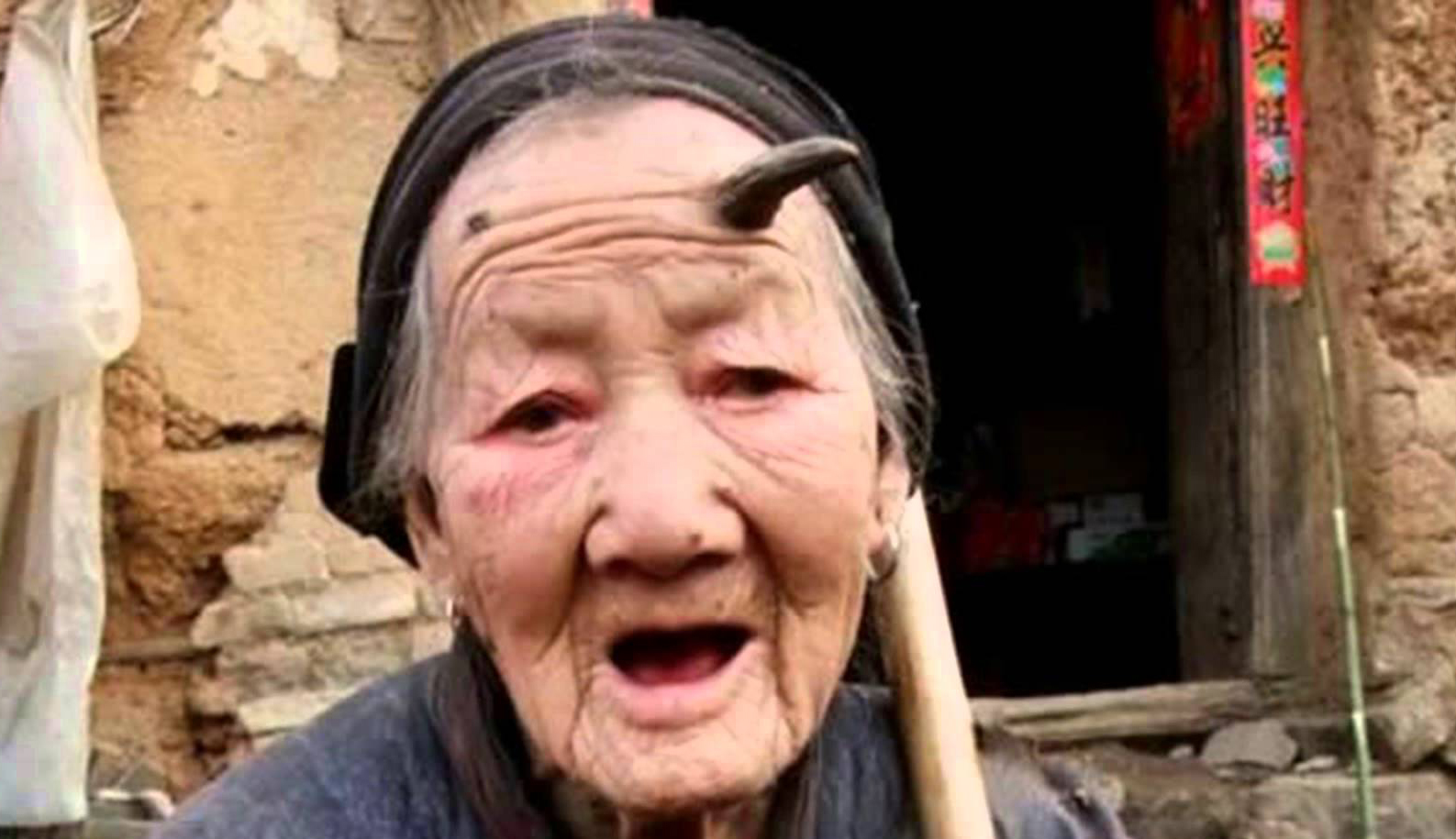
Human horns on 101-year-old Zhang Ruifang
In October 2007, 95-year-old Xiou Ling flaunted a 6 ½-inch horn that jutted out of her forehead and curled downward over her face. It had been growing for four years.
A month later, 93-year-old Ma Zhong Nan grabbed headlines for the 4-inch horn growing on the top of his head. He hadn’t thought much of it until it got itchy, at which point he decided to seek help.
Human horns are hardly a new phenomena. In 1930, Robert Ripley brought a Manchurian farmer named Wang to the world’s attention under the moniker, “The Human Unicorn.” Wang—who sported a 13-inch protrusion on the back of his head—had been exhibiting himself with a group of Chinese fakirs when a Russian banker snapped a photo and sent it to Ripley.

Wang, a Chinese farmer from Manchuria, had a 13-inch horn protruding from the back of his head. Ripley’s Believe It Or Not! featured this photo in 1930.
Unfortunately for Ripley, a photo was all he would ever get. Ripley spent years offering a large reward to anyone who could track Wang down and bring him to America. But the horned farmer proved as elusive as a real unicorn and was never to be found again.
A year before Wang’s discovery, Ripley had written about a 16th-century man named Francis Trovillou, better known as the Horned Man of Mezieres.
According to a book published in 1869, The Book of Wonderful Characters: Memoirs and Anecdotes of Remarkable and Eccentric Persons in All Ages and Countries, by Henry Wilson and James Caulfield, Trovillou’s horn began growing at the age of 7. It extended from his forehead and bent backwards. By the time he was 35, “this horn had both the bigness and the resemblence of a ram’s horn.”
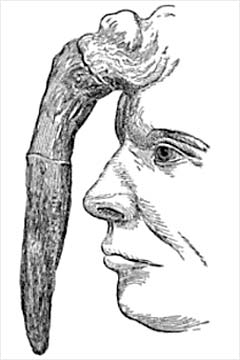
This illustrated human horn, as seen in “Anomalies and Curiosities of Medicine” is based off a wax model.
Madame Dimanche, a 19th-century Parisian woman, began growing a thick horn from her forehead when she was in her seventies. “At first, the old woman hadn’t known what to make of the strange brown nub that appeared like an ashy smudge in the center of her head,” writes Cristin O’Keefe Aptowicz in Dr. Mutter’s Marvels, “but she knew to hide it from view, starting a decade-long habit of avoiding eye contact. But the nub grew relentlessly, larger and larger, until it was as thick and dark as a tree branch.” The horn reached over her face and eventually achieved a length of nearly 10 inches. Fortunately for Dimanche, an innovative French surgeon successfully removed it through an early form of plastic surgery. A wax model of her pre-surgery face was obtained by Dr. Thomas Dent Mütter during a visit to Paris and can be seen today at the Mütter Museum of the College of Physicians of Philadelphia.
Many cases of human horns are documented in the 1894 book, Anomalies and Curiosities of Medicine, by George Gould, M.D., and Walter Pyle, M.D. “Probably the most remarkable case of a horn was that of Paul Rodrigues, a Mexican porter,” they wrote, “who, from the upper and lateral part of his head, had a horn 14 inches in circumference and divided into three shafts, which he concealed by constantly wearing a peculiarly shaped red cap.”
While the majority of horns seemingly appear on the head, Gould and Pyle also reported several cases of penile horns. One of these very unfortunate men grew his horn at the age of 52. He had been circumcised four years earlier—which seems painful and disturbing enough—only to have a small horn “the size of a marble” grow where the wound healed.
The book also lists examples of horns growing on the arms, legs, buttocks and nipples.

